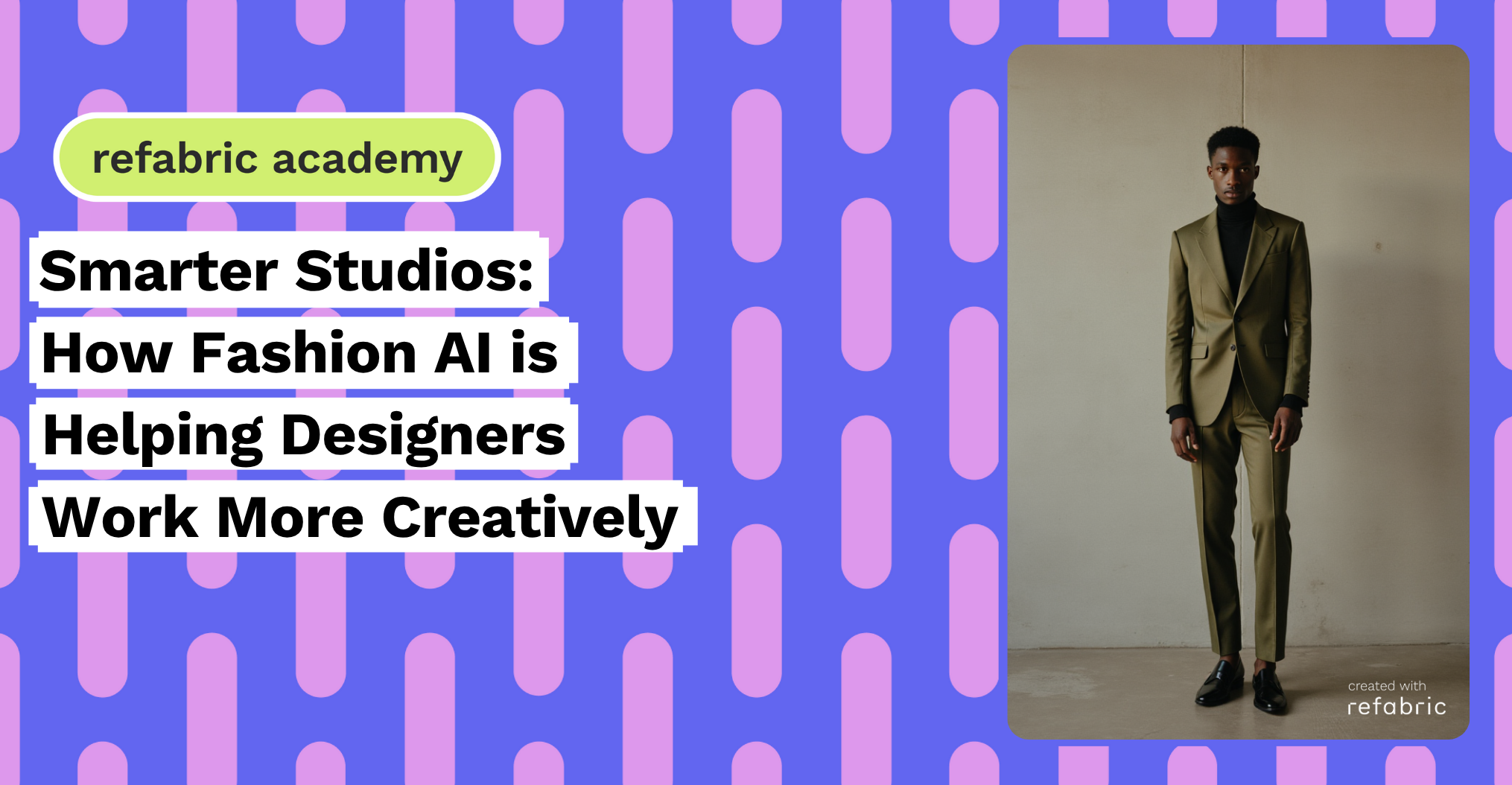Fashion AI is empowering designers to unlock new levels of creativity by removing repetitive tasks, enhancing inspiration, and offering real-time data insights. Rather than replacing the artistic process, artificial intelligence is becoming a creative partner, streamlining workflows and encouraging experimentation. For modern design studios navigating a fast-paced industry, fashion AI offers both freedom and focus.
Fashion AI and the Creative Edge
Today’s designers are expected to ideate, produce, and launch at breakneck speeds. Fashion AI helps by handling the time-consuming aspects of the process, from generating initial concepts to formatting technical specs. By using algorithms trained on historic and current fashion data, AI tools can suggest color palettes, silhouette options, and design variations within seconds.
This doesn’t limit creativity, it expands it. Designers are freed from mechanical work and given more mental space to explore their vision. Fashion AI becomes an intuitive collaborator, offering endless combinations that spark inspiration and accelerate decision-making.
Speeding Up the Moodboarding Phase
Moodboarding is foundational to design development, but it often takes hours of manual image gathering. Fashion AI simplifies this step by sourcing and curating visual content aligned with a brand’s aesthetic or a designer’s prompt. With the ability to pull from millions of images, trends, and archives, AI tools can build rich, thematic boards in minutes.
Designers can then refine and interact with these boards, adding human emotion and context to algorithmically generated inspiration. This interactive loop fuels creative flow while ensuring ideas remain relevant to current market preferences.
Smart Sampling and 3D Visualization
Prototyping is another area where fashion AI enhances creativity. Instead of creating multiple physical samples, designers can use AI-powered 3D visualization tools to explore fit, fabric behavior, and garment construction in a digital space. These simulations allow for faster iteration and more informed tweaks to design details.
This virtual sampling process doesn’t just save time and money, it encourages more trial and error, more creative risks, and ultimately more innovative outcomes. With fewer production constraints, studios can push boundaries without fear of waste.
Creative Forecasting, Not Just Predicting Trends
Fashion AI doesn’t just identify trends, it helps designers creatively respond to them. By analyzing data from social platforms, search engines, e-commerce, and consumer feedback, AI can surface subtle shifts in aesthetics and values. This insight becomes fuel for more meaningful and resonant designs.
For example, if fashion AI detects a rising interest in comfort-focused streetwear with nostalgic elements, a designer can blend these ideas into a capsule collection. This isn’t about chasing trends blindly, it’s about crafting something unique with a clear cultural pulse.
Personalization at the Core of Creativity
Another benefit of fashion AI is its ability to support personalization. AI systems can analyze customer behavior and preferences to inform limited-edition pieces, modular designs, or customizable garments. This level of targeted creativity gives designers a chance to explore new formats while offering consumers something truly unique.
Studios can use these tools to test creative ideas with niche audiences, gather early feedback, and iterate accordingly, all while staying aligned with brand identity and vision.
Less Burnout, More Innovation
Creative fatigue is a common issue in fast-moving design environments. Fashion AI helps reduce that burden by automating tedious tasks and supporting idea generation. When designers don’t have to worry about organizing fabric swatches, resizing templates, or manually inputting data, they can focus on what they do best, creating.
In the long run, this balance leads to healthier teams and more original collections. Fashion AI enables a rhythm where designers can produce consistently without burning out.
The Studio of the Future Is Collaborative
Fashion AI isn’t taking over studios, it’s making them smarter, faster, and more creatively empowered. By complementing human intuition with machine intelligence, studios can elevate both their output and their artistic voice.
As this technology evolves, we can expect even more tailored tools that adapt to each designer’s process. Whether it’s moodboarding in seconds, prototyping virtually, or forecasting with nuance, fashion AI is creating an environment where creativity doesn’t just survive, it thrives.
